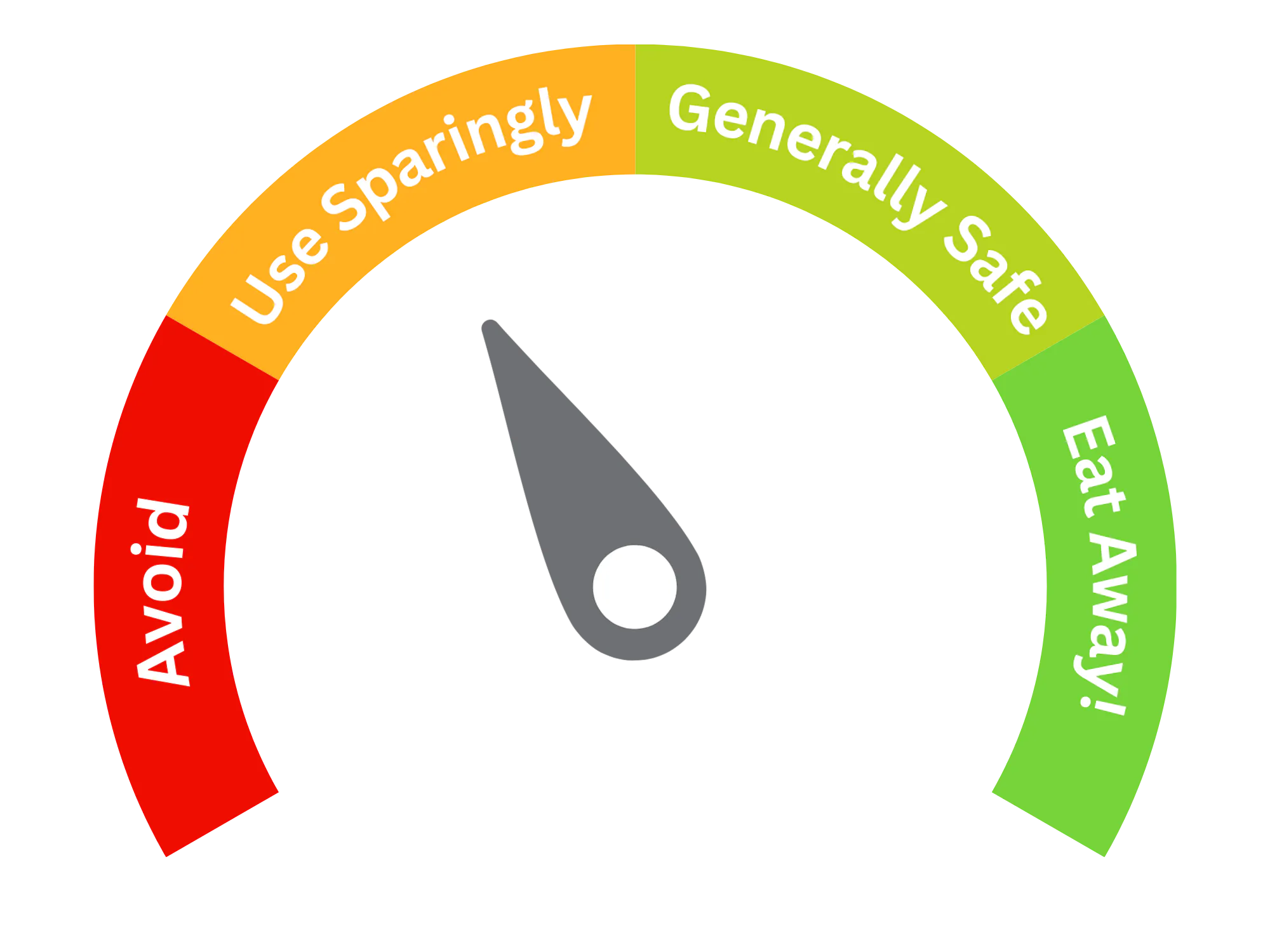Brilliant Blue FCF (E133)
| Type of additive (Glossary) | Colorants |
| E Number | E133 |
| Chemical Formula | C37H34N2Na2O9S3 |
| Also Known As | FD&C Blue No.1 Acid blue 9 D&C Blue No. 4 Atracid Blue FG Acilan Turquoise Blue AE Aizen Brilliant Blue FCF Alzen Food Blue No. 1 Erioglaucine Eriosky blue Patent Blue AR Xylene Blue VSG C.I. 42090 CI Food Blue 2 Basacid Blue 755 Sulfacid Brilliant Blue 5 J Neolan Blue E-A Brilliant Blue FD Brilliant Blue Lake Blue #1 Lake Bucacid Azure Blue |

Purpose and Function
Brilliant Blue FCF is a synthetic blue dye widely used in the food and beverage industry to impart a vibrant blue color. Its primary functions in food products include:
- Colorant: Brilliant Blue FCF is used to add a blue hue to various food items, including candies, beverages, ice creams, and baked goods. It is often combined with other colors to create shades of green or purple.
- Blending Agent: It can be blended with yellow dyes, such as tartrazine, to produce different colors, such as green, for enhanced visual appeal in food and drink products.
Beyond food, Brilliant Blue FCF is also used in cosmetics, pharmaceuticals, and personal care products to provide color.
Potential Risks and Side Effects
While Brilliant Blue FCF is approved for use in many countries, there are concerns regarding its safety and potential adverse effects:
- Allergic Reactions: Some individuals may experience allergic reactions to Brilliant Blue FCF, including symptoms like rashes, itching, and in rare cases, anaphylaxis. These reactions are relatively uncommon but should be noted by those with dye sensitivities.
- Hyperactivity in Children: Brilliant Blue FCF has been linked to hyperactivity and behavioral changes in children. Though studies are not conclusive, the potential for adverse effects has led to heightened concern and caution in its use in foods targeted at children.
- Toxicity Concerns: Animal studies have shown that high doses of Brilliant Blue FCF may have toxic effects, including potential organ damage, though these levels are typically much higher than what would be encountered through normal food consumption. A 2021 study published in Scientific Reports also raised concerns about the possible impact of Brilliant Blue FCF on gut health, noting that excessive exposure could affect the microbiome and intestinal barrier function. However, more research is needed to clarify these risks.
- Regulatory Status: While considered safe by the FDA and EFSA at approved levels, some countries have restricted its use. For example, certain products containing Brilliant Blue FCF must carry warning labels about its potential effects on children’s behavior in the European Union.
